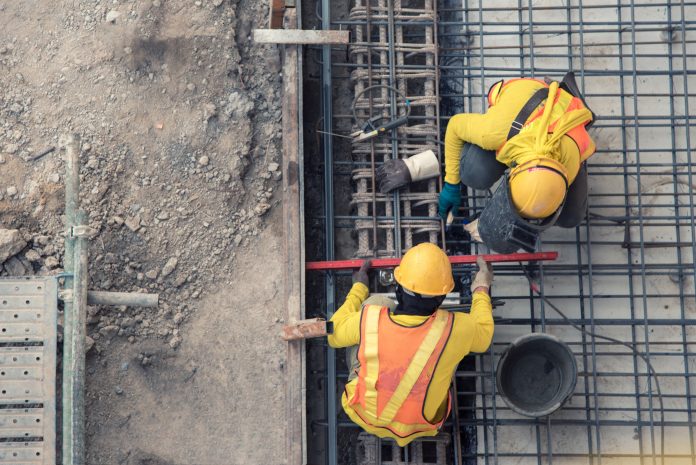Falling from height is the most common cause of workplace death, according to a new study. Jason Rowley looks at the findings and how the industry can improve safety when working at height
Almost a quarter (24%) of fatal workplace injuries between 2021 and 2022 were caused by falling from a height, according to research from Jason Rowley.
The research found that from the 79% of all fatal workplace injuries that were accounted for between 2017 and 2022, falling from a height was the most common cause, with 29 deaths in the past year.
These statistics were taken from the Health & Safety Executive agency’s annual figures document, which also revealed that, on average, 35 people died by falling from a height every year between 2017 and 2022.
Jason Rowley, an SCO service that delivers health and safety training for utility industries, has provided the following guidelines to ensure that workers and supervisors can work safely from heights.
This health and safety advice may be most useful for those working in the construction sector, which was responsible for the most fatal workplace injuries in Britain in 2021 and 2022, with 30 worker deaths this year out of 123.
Assess the risks of working at height
The Work at Height Regulations 2005 require employers and contractors to undergo a risk assessment when working at height.
Over 60% of deaths working at height involve falling from ladders, scaffolds, platforms or roof edges, and falling through fragile roofs or roof lights.
According to Jason Rowley, these risk assessments should include “the height involved in the task; the duration and frequency of a worker being at a certain height; and the conditions of the surface being worked on”.
Do not overcomplicate the risk assessment. Simply lists the risks, decide on the precautions required, record the significant findings when enacting emergency procedures and revisit the assessment where necessary.
If reasonably practicable, avoid working at height
This would include comparing the level of risk involved to the measure needed to control the risk in terms of money, time, or trouble.
The risk assessment may conclude that workers should avoid working from a height unless absolutely essential and instead work from the ground as much as possible.
Remove the need for ladders by installing cables and using equipment and extendable tools from the ground level, which will help teams safely continue with work that would originally be carried out on a higher floor.
What if working at height cannot be avoided?
Where the risk cannot be eliminated, Jason Rowley suggests minimising the possibility of falling from a height by using an existing place of work that is already safe.
This can involve, “continuing to work on non-fragile terrains such as a sturdy roof or a perimeter that uses a guardrail”.
Contractors can obtain mobile elevating work platforms (MEWPs) like scissor lifts or scaffolding, or have workers utilise personal protection equipment like work restraint systems with a short lanyard, which makes it impossible for a person to get to a fall position.
Minimise the consequences of falling
Even if measures like scissor lifts and restraint systems have been implemented, there is still a very real possibility that a worker can fall from a height and suffer serious injury.
“Take sufficient precautions that would minimise the damage from the fall,” Jason Rowley advised.
If working at height, place safety nets or airbags close to the level of work to help protect workers from the consequences of a fall. Always use a fall arrest system with a high anchor point above the head and industrial rope when working on building facades.
Use ladders for low-risk tasks
For jobs with minimal risk or requiring a short amount of time to complete (30 minutes or less), ladders and stepladders are sensible options.
Further minimise the risk of falling by following a safe system of working on a ladder detailed in the risk assessment, such as checking the pictogram on the ladder to make sure you won’t overload the equipment with weight.
Only rest ladders against sturdy surfaces like brick walls, and make sure not to be overreaching when working. If needed, step safely off the ladder and move it closer to the desired area then continue.
Make sure you are using the right ladder for the job, as there are several kinds. For example, a multipurpose ladder is used by many tradesmen to complete a variety of manual tasks.
Jason Rowley
Tel: +44 (0)800 001 6740

















